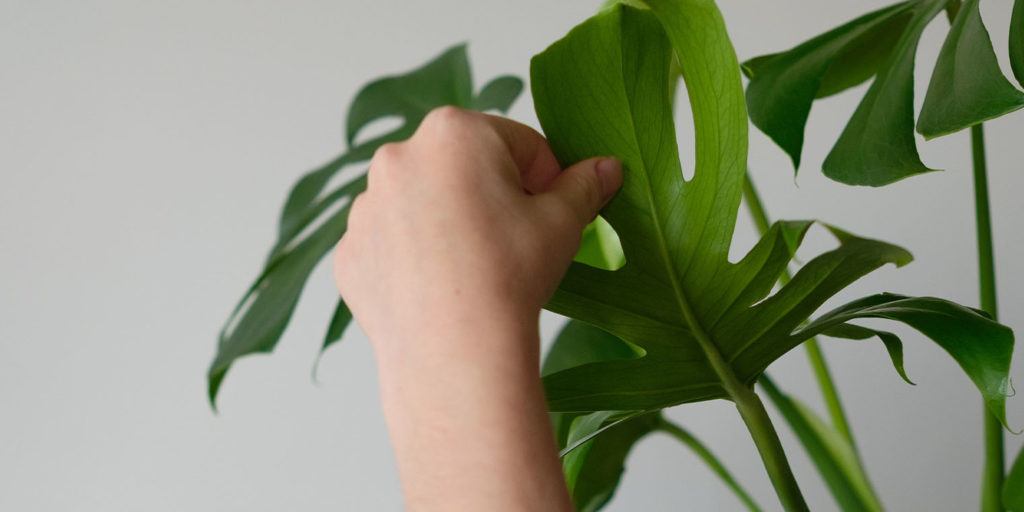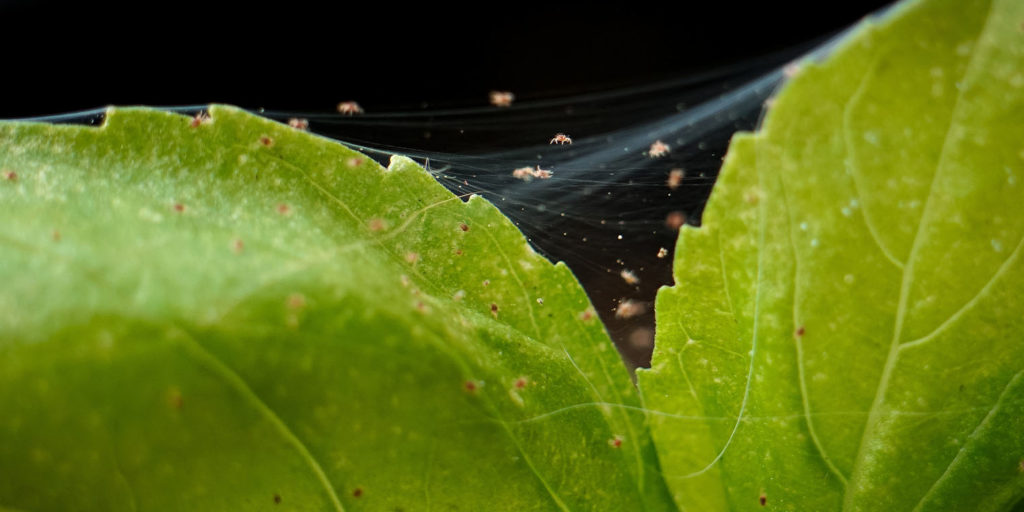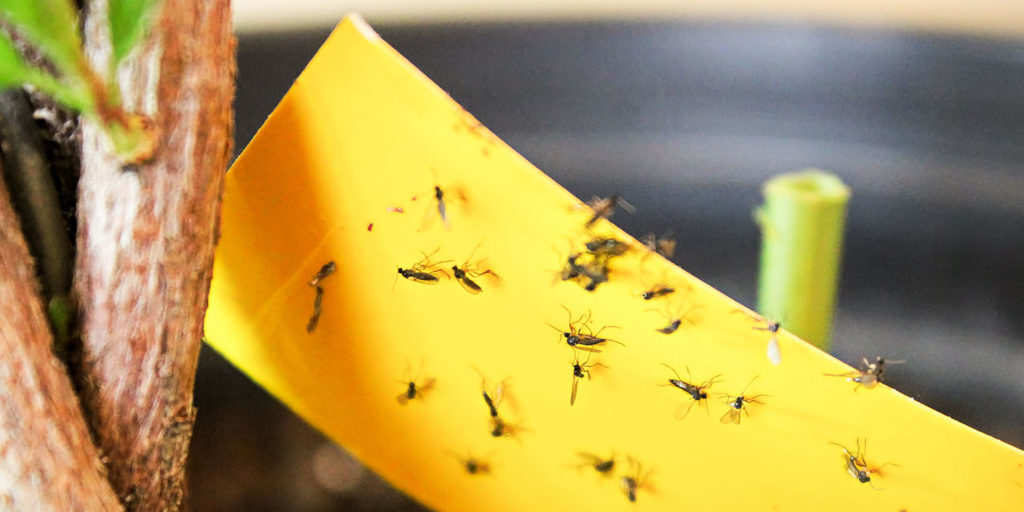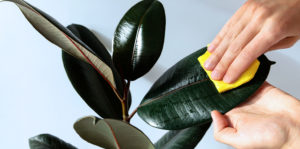Houseplant pests are never welcome, especially when they’re damaging a beloved plant! If you are bringing plants indoors after their summer vacation, don’t bring pests with them! Learn what pests to look for and how to manage them.
Here are some general houseplant tips to make your transition into winter seamless—and without pests!
How to Spot Houseplant Pests
The best defense to combating houseplant pests is paying attention to your plants with great detail. A good look-over every so often will give you the best chance of catching stress or pestilence early. Plants are pretty good at telling us when they’re stressed; look for physical signs of wilting or discoloration, as well as external signs such as webs, fungus, or crawling critters.
Remember that there are good bugs out there! If there is no damage and the plant looks healthy, this friendly insect may just need to be relocated so that it’s not in your houseplants.

How to Prevent Bringing Pests Indoors
Bringing outdoor plants in after their summer vacation outside is one of the easiest ways to bring pests inside. Even in sunny Florida, the tropical plants need some protection from the cooler weather, but this indoor move can put your other houseplants at risk. When bringing a plant inside the house, inspect the soil for pests. You may even consider repotting it to avoid any pests lingering in the soil.
You can also use preventative pest control products such as Neem oil, a natural insect killer. A quarantine period is also a good measure when moving plants inside to make sure that they don’t show any signs of pests or disease before they are brought around your year-long indoor plants.

Spider Mites
Mites are often recognized by their webbing before the insects themselves are spotted. Splotchy leaves are the first sign of mites, and if left untreated, the leaves will yellow and die as they continue to eat. If you suspect mites but aren’t sure, pluck a few leaves and tap them over white paper. You will be able to inspect the paper for mites with a magnifying glass.
A preventative measure against spider mites is to make sure your plant is sufficiently watered and not over-fertilized. Too high a concentration in nutrients will keep these houseplant pests happy, and we don’t want that.
Scale
Scales are insects that secrete a covering to protect them. They have a variety of appearances but are generally flattened mounds stuck to the underside of leaves and on stems. They feed by sucking on the sap, similar to aphids. Scales can be scraped off or can be smothered by spraying your houseplant with Neem oil. You can also wash the pests off with insecticidal soap.

Fungus Gnats
These delicate bugs are often seen flying near the soil of a houseplant. Gnats won’t damage your plant, but they are annoying to home occupants! Gnats are most common when the potting soil is rich in organic matter and when overwatering occurs.
The larvae of these gnats, however, generally feed on decaying material of your plant or fungi in the soil. They can also feed on roots, which can be very damaging to young plants. Allow the soil to dry between waterings to eliminate the larvae.

Aphids
Aphids feast on the sap of well-nourished houseplants by biting into their flesh and sucking the sap out—like a vampire. They typically feed on the new growth, particularly in the spring. You can spot them by looking under leaves and at new buds. If the leaves appear twisted on their newest growth, it’s a sign that there are aphids afoot. A large aphid infestation is hard to miss—you will see clusters of their little orange bodies all over new growth.
If you need some extra advice on battling houseplant pests, visit Living Color Garden Center. We’re always happy to help make sure your home is a tropical paradise.

